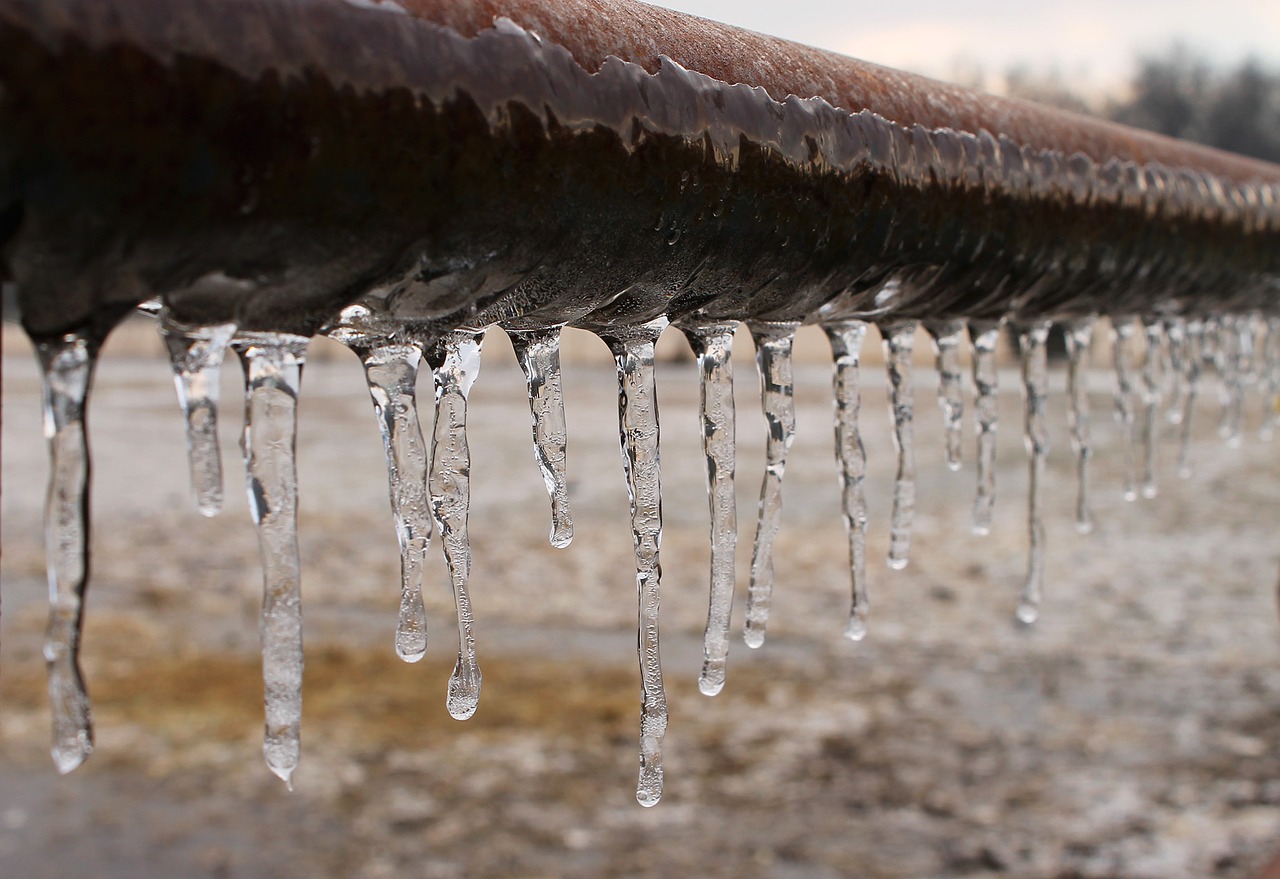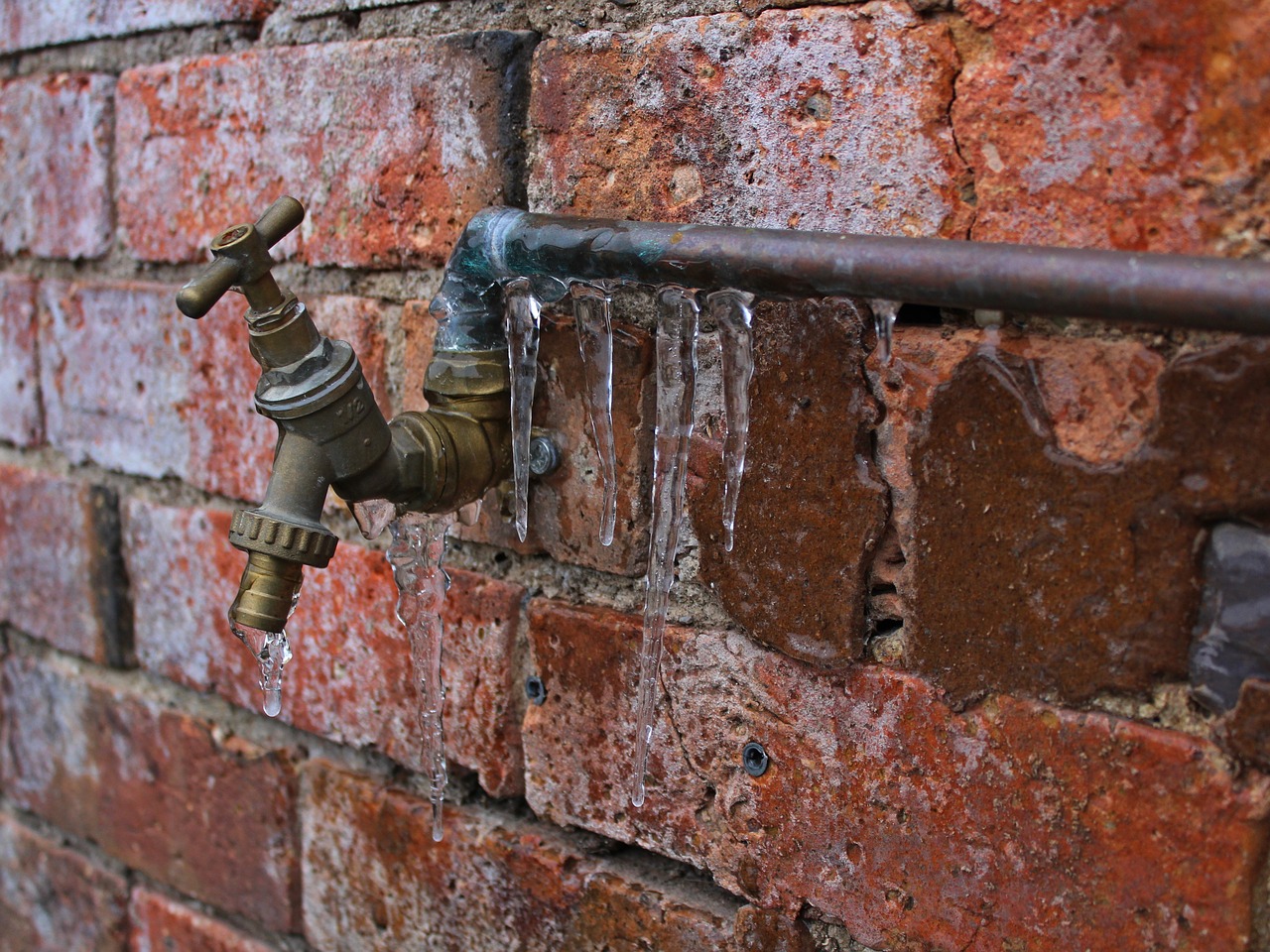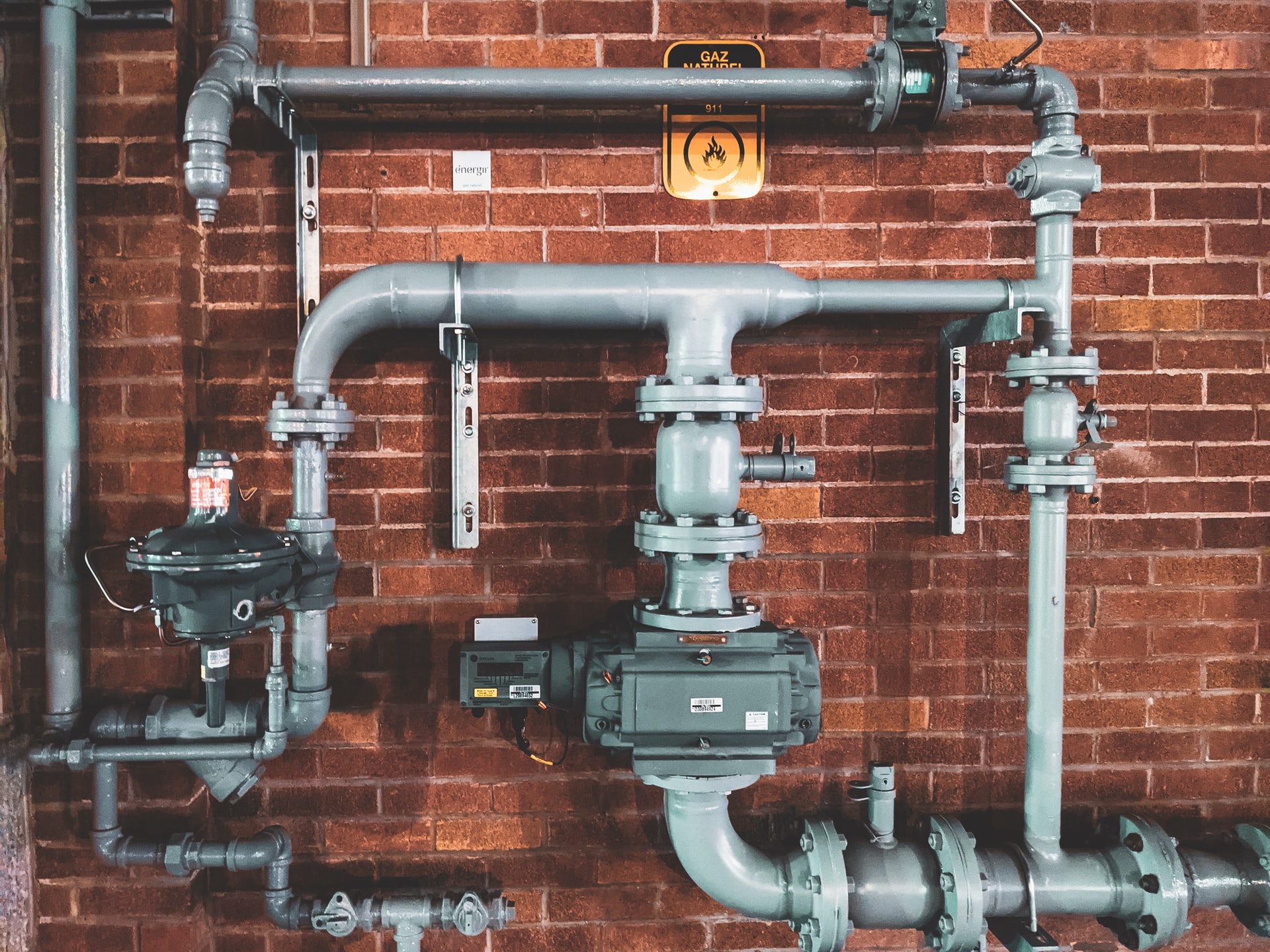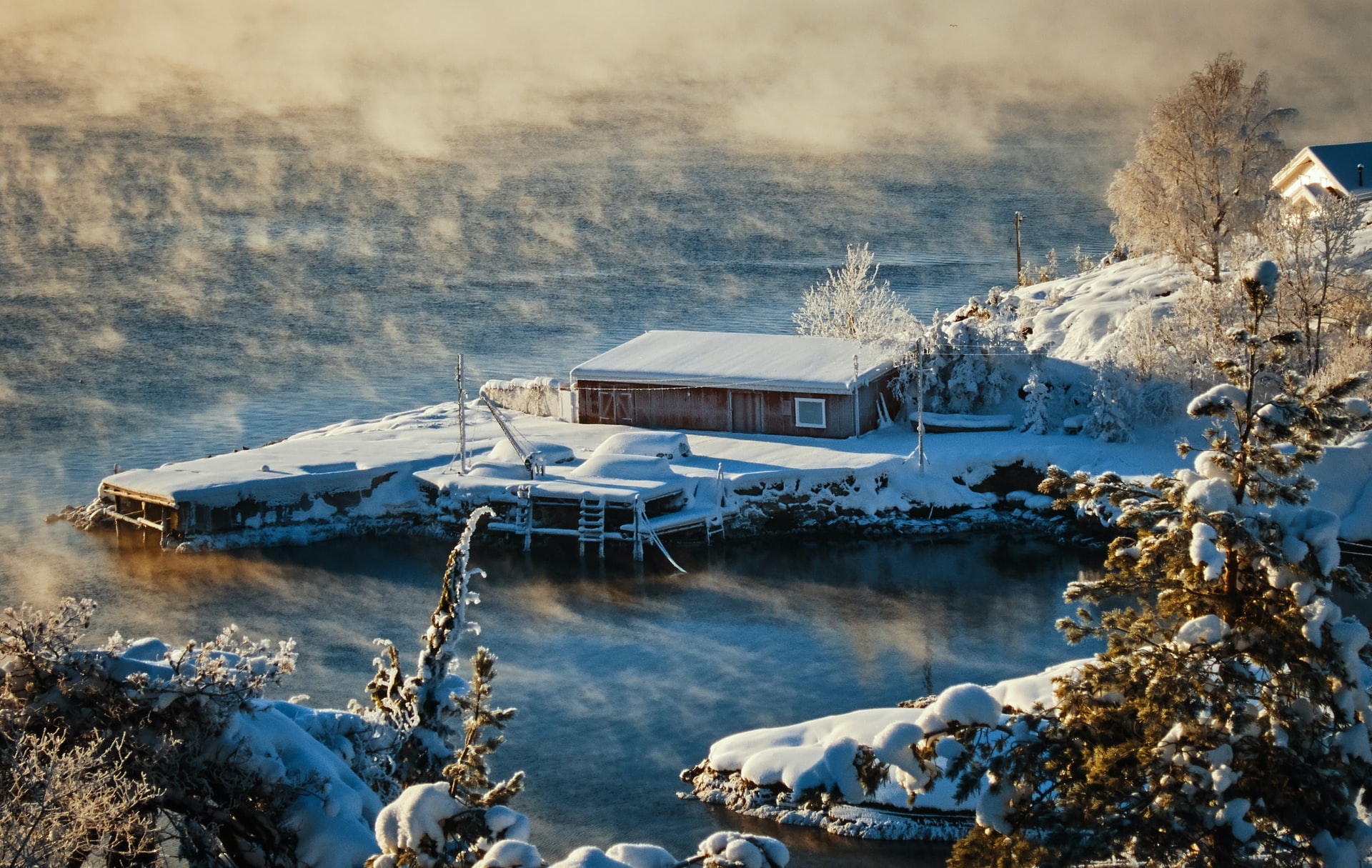
Water Damage: Burst Pipes…Here’s What To Do When Your Pipes Freeze
By: 911 Water Damage Experts
Generally, you run the risk of freezing pipes in your home if you live in an area with severe winter temperatures.
The water will expand 10% in volume when water runs through your pipes and begins to freeze. Once the pressure rises enough to split your pipes open, it can cause severe water damage to your home.
There are a few initial steps you can do to keep your pipes from freezing if you act quickly. Additionally, there are ways to thaw frozen pipes in your house before they burst.
In this article you will will learn:
– The most common symptoms of a frozen pipe
– The most common pipes that freeze in cold weather
– How to prevent your pipes from freezing
– How to thaw frozen pipes in your home
What Are The Symptoms Of Frozen Pipes?
-One of the earliest signs of a frozen pipe is when no water comes out of your faucet when it’s turned on. If you happen to notice this, make your way to the basement and check to see that the water is still turned on and make sure you don’t have a leak.
-After you’ve confirmed these two things, continue your inspection to make sure one of your pipes has not burst. If your search shows your pipes are frozen but none have ruptured, you have two choices below:
1. Call a plumber or water damage expert to help thaw your frozen pipes. Typically, this is a better idea if you don’t think you can safely thaw the pipes yourself, you aren’t able to locate the frozen pipes or you can’t access the frozen area.
2. Try to thaw the frozen pipes yourself. Be aware this option can be dangerous if not done correctly.
What Are The Pipes That Are Most Likely To Freeze?
The pipes that typically freeze during winter are the ones exposed to extreme cold.
These may include any outdoor water pipes like water sprinkler lines and swimming pool supply lines, as well as water pipes located in unheated areas of the home.
Pipes in unheated basements, attics, garages, crawl spaces and under the kitchen or bathroom sink are at higher risk for freezing. If your home has pipes that run along exterior walls with insufficient or no insulation, these pipes are also at risk for freezing in winter months.
How Can I Prevent My Pipes From Freezing?
-Install a heating cable. For the coldest climates, consider installing electrical heating cables around crawl space pipes to be sure that no water is able to freeze.
-Add extra insulation. Adding insulation to water pipes in unheated areas throughout your home, including the garage, basement and any outdoor taps, can make water less likely to freeze. Insulate large areas with sheets of foam board. These work great in crawl spaces, garages and other areas that need temporary insulation.
-Repair leaks. If your pipes have any cracks or leaks, make repairs before cold temperatures arrive. Otherwise, leaking water may freeze right at the cracks, expand, burst and leave you with significant and costly damages.
-Turn off appliances. If your washing machine sits in an unheated garage, turn off water supply lines and disconnect the hoses, especially if you know that temperatures that day are expected to drop below freezing. If you plan on going away from home for a few days or more, consider completely turning off your main water valve to avoid plumbing system damages.
-Disconnect outside water hoses before cold weather hits so any sitting water in the hoses can’t freeze, expand and destroy the hose or connecting pipes inside.
-Open cabinet doors. Opening cabinet doors underneath sinks in kitchens and bathrooms allows heat to circulate around the uninsulated pipes, especially if the cabinets are near exterior walls.
-Keep it moving. Lightly turning taps on connected to pipes that are likely to freeze keeps the water moving and reduces the risk of freezing. Remember to let a small amount of water flow through, and keep the cabinets around pipes open so warm air can circulate and increase water flow, as well.
What To Do With Your Pipes When Winter Arrives?
Once the temperatures drop, you’ll need to take additional action to help prevent your pipes from freezing. Follow these steps to prevent your pipes from freezing this winter:
-Maintain a consistent thermostat setting. The American Red Cross recommends keeping your thermostat set to the same temperature all day and night to help maintain a consistent heat level and reduce the risk of freezing pipes.
-Do not set your thermostat lower than 55 degrees Fahrenheit during the winter.
-Keep garage doors closed when not in use, especially if there are any water lines in the garage or on walls adjacent to the garage.
-Let cold water drip from faucets served by exposed lines. The American Red Cross says that even the smallest trickle can help prevent these pipes from freezing.
How Do I Thaw Frozen Pipes In My House?
If you’ve already identified frozen pipes in your home, there are a few ways you can thaw them out before they cause a bigger problem.
-Turn off your water. Turning off your water supply will reduce pressure on the frozen pipes and minimize flooding if the pipe does end up bursting. Once your water is shut off, try the techniques below to thaw your pipes or call a professional water damage company.
-Warm it. Use a hairdryer to thaw the entire area so the water gently melts, reducing the risk of water damage. You can also try using a heat lamp to warm the area.
-Wrap it. Wrap and secure a heavy towel around the pipe to concentrate heat to one area. Then, place a bucket underneath the pipes and pour hot or boiling water over the towel.
-Use a hose. If you have access to the pipe and it’s large enough, you can try running a garden hose through it. When you can’t push the hose through anymore, you’ve reached the frozen area. Try raising your end of the hose and running hot water through it until the ice is able to melt. Be careful during this process since overfilling could cause hot water to come back up on your end before the blockage has fully melted.
-Look for any leaks in your exposed pipes, as well as damp patches on your walls, ceilings and floors. Once the pipes have thawed, there can still be a high amount of pressure that can put you at risk for leaks or bursts. Some pipes may need to be completely replaced in order to avoid future failure. In the event that the worst does happen, call experts to help clean up any water damage caused by burst pipes or flooding.
If you have any questions about water damage restoration, feel free to call us at 1-833WE-DRY-IT anytime 24/7/365 all the time. We’re there when you need us!
Related Posts
How to prevent weather damage during a storm
The dangers of a leaky roof and what to do when you find a leaky ceiling
10 helpful smoke damage cleaning tips
Restaurant flooded? Here’s how to deal with a restaurant flooding
What’s causing mould in your home? Here are the top reasons why
How to prevent mould growth after a flood
A pipe burst in my business building – what do I do?
What to do when a water pipe bursts in your apartment
Hire the right mould removal company by asking these vital questions
15 interesting facts about mould
What causes mould damage and what you can do about it
Top common signs of water damage: here’s what to look for





